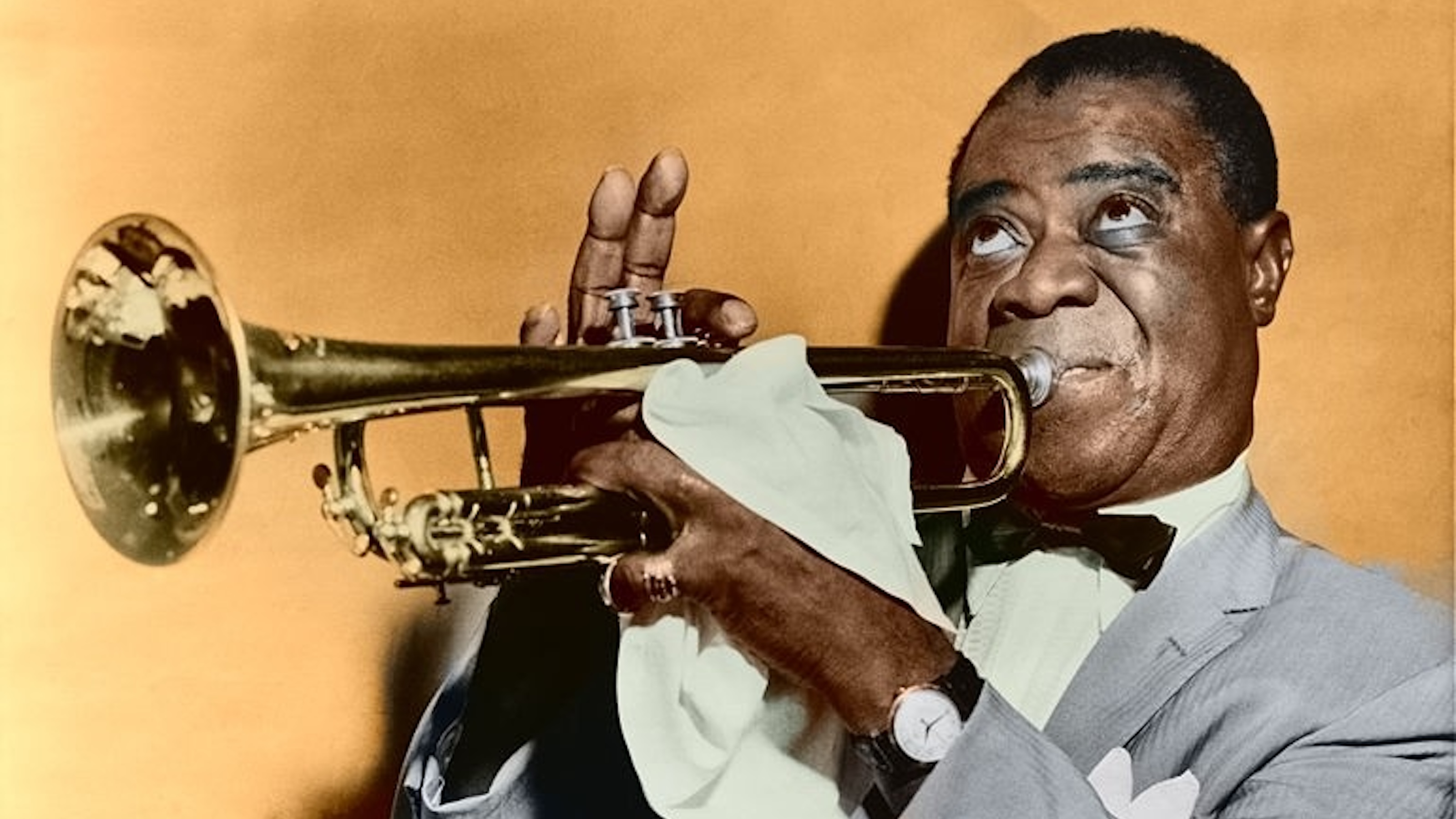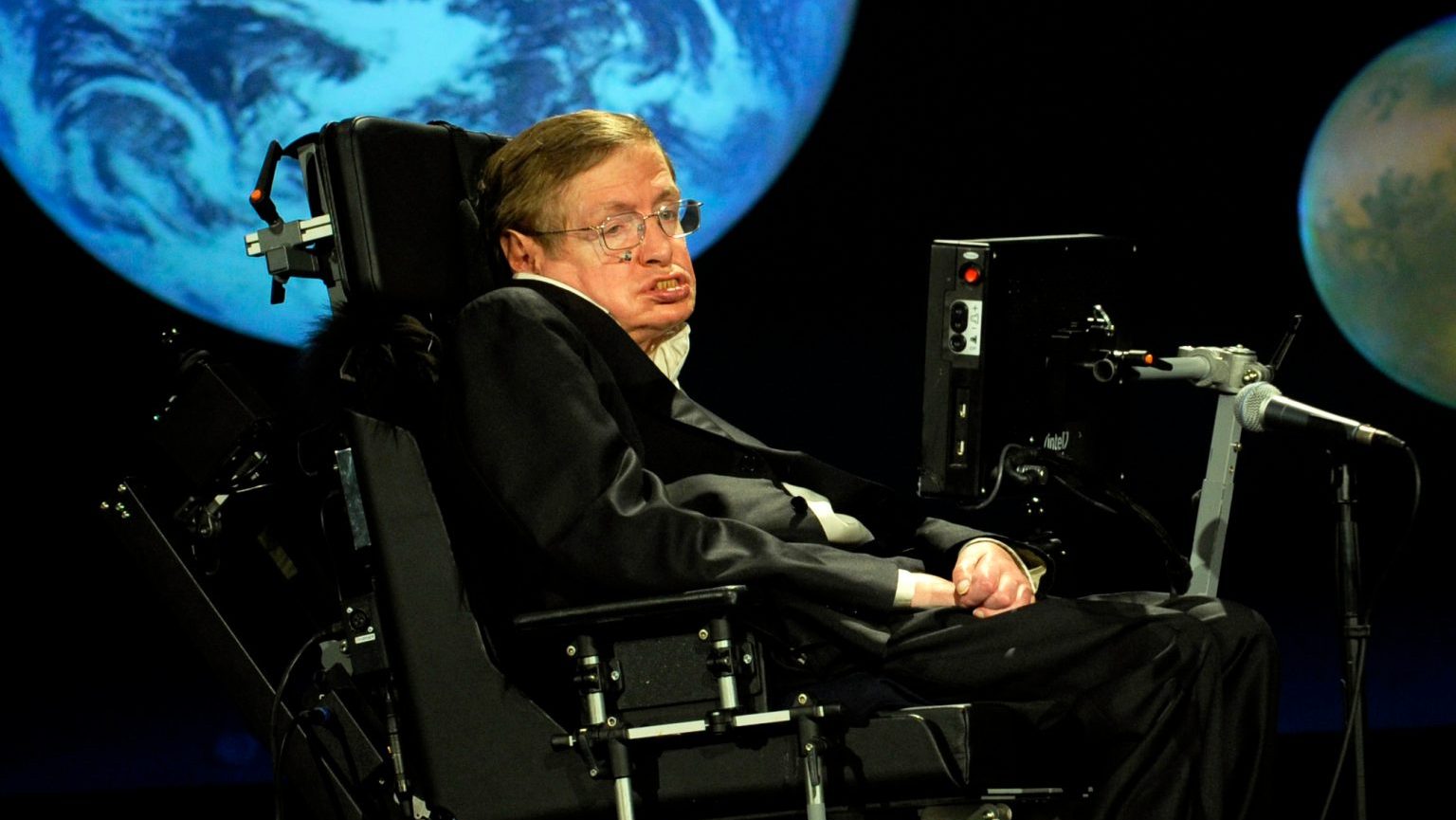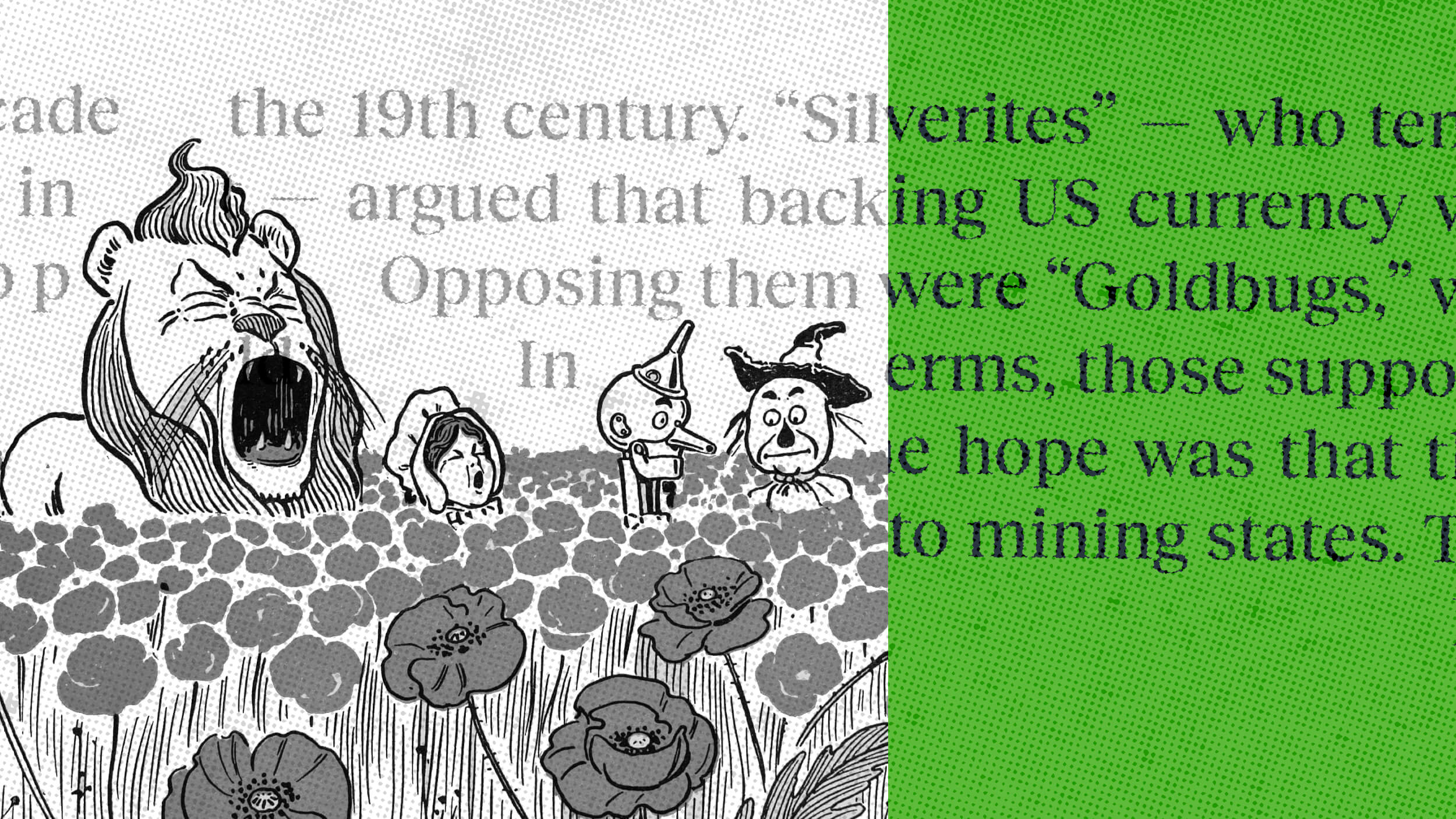Esperanto: The artificial language that aimed to unite humanity

- Esperanto is a constructed language designed to be easy to learn and use.
- It was created by a Polish ophthalmologist who dreamed of uniting the world, and his hometown.
- While it has yet to reach universal adoption, it has enjoyed widespread use and official recognition at times.
The idea of a universal language dates back nearly as far as written language. The story of The Tower of Babel is predated by a 21st-century BCE Sumerian story called Enmerkar and the Lord of Aratta, which has similar themes. There are stories of Hermes and Brahma being behind the multitude of languages in their respective religions. Each of these stories implies that humanity spoke a single language once upon a time. And some suggest we could again.
Philosophers have spoken about the idea of a universal language. Leibniz and Descartes dreamed of a constructed language that would better express philosophical ideas. Nietzsche believed a universal language was an inevitability.
While many languages can claim to be or to have been a lingua franca over different geographical areas, none have been the “world language” that philosophers dreamed about. Most of the contenders have been existing languages. However, one of the more interesting attempts at a common tongue for the world, Esperanto, was invented specifically for that purpose.
Lingvo de la mondo
Dr. L.L. Zamenhof, a Polish ophthalmologist, first created Esperanto. Born and raised in a multi-ethnic area of then Russian-controlled Poland, Dr. Zamenhof was acutely aware of the problems caused by a lack of linguistic understanding and the barriers that it causes. He firmly believed that the distrust and violence that existed between the communities were both caused and exacerbated by a failure to communicate.
In 1887, with the aid of his wife, Dr. Zamenhof published his first Esperanto textbook, introducing his language to the world. Aiming to avoid celebrity, he signed it with the pseudonym Doktoro Esperanto, which translates to “Dr. Hopeful.” Enthusiasts quickly decided that this was a great name. Clubs dedicated to learning other constructed languages, such as Volapük, shifted over to learning Esperanto.
Dr. Zamenhof dreamed that Esperanto would become the world’s go-to international auxiliary language. If everyone learned it as their second tongue, everyone could speak to everyone. Even better, this language, while clearly Indo-European in nature, didn’t belong to any one nation and could be learned without bringing in certain nationalist or colonialist baggage. It also doesn’t provide any undue advantages to people from one country since everyone would learn it as a second tongue.
His motivations were both practical and idealistic as he hoped to both minimize the “time and labor we spend in learning foreign tongues,” and believed that: “Were there but an international language, all translations would be made into it alone … and all nations would be united in a common brotherhood.” He was also clear in his hopes that the language would see wide day-to-day use outside of international communications.
For a while, it seemed like the language might live up to the dreams of its founder. Clubs dedicated to learning and teaching the language multiped around the world. Some areas saw a very high concentration of learners. In some parts of Europe, as many as one in eight people were reported to know Esperanto. Other estimates put those numbers lower, however. Global conventions for Esperantists began in 1905 and proved successful.
In 1908, Esperantists living in Neutral Moresnet advocated for the disputed area to be organized as the state of Amikejo, which translates to “Friendship.” While sources disagree, the organizers may have gone so far as to declare the formation of Amikejo as the first official Esperanto-speaking country. This went unrecognized, and the territory would later become part of Belgium. Other countries, such as the Republic of China, began teaching the language in schools around this time.
The progress of the language slowed during World War One. Dr. Zamenhof died of heart failure before it was over. However, the Universal Esperanto Association did stick to its idealist roots and facilitated civilian communication between warring nations by transferring letters through its headquarters in Switzerland.
Esperanto was likely closest to wide adoption in the 1920s. Many early short-wave radio stations broadcast in it, hoping to catch the ears of a world of listeners. Many countries encouraged the language, with the USSR being particularly enthusiastic about it for a time. The League of Nations, at the request of several delegations, considered a proposal that Esperanto be used in international relations. The French delegation voted against this.
However, as in many other areas world, the dizzying heights of the 1920s were followed by the rather depressing 1930s. As nationalism ramped up, those speaking an international language became targets. The Nazis denounced the language as a tool of the imagined vast international Jewish conspiracy against Germany, banned Esperanto organizations, and arrested their leaders. After the invasion of Poland, members of Dr. Zamenhof’s family were sent to concentration camps. The progress of the language was also reversed in the USSR, where more than a few of its speakers were arrested on flimsy charges, and accused of being part of an “international espionage organization.” World War II proved disastrous for a linguistic community dedicated to world peace.
The Cold War put a further damper on things, though UNESCO did grant the Universal Esperanto Association a consultative relationship and has reported favorably on the language in the past. Today, the language is still spoken by many. While it is difficult to estimate how many people speak Esperanto, Director Vilĉjo Harris of the Central Office of Esperanto-USA suggests that “the number of people who use Esperanto is as difficult to estimate as the number of people who play chess.” Existing estimates range from 100,000 to as many as 2 million. Duolingo, which offers courses in the language, shows 384,000 learners on the language selection page. Some sources suggest the number of people who studied the language at some point could be much higher.
Esperanto isn’t, and has never been, the domain of random enthusiasts, either. Famous users of the language include author Leo Tolstoy, Yugoslavian head of state Josip Borz Tito, author and professor J.R.R. Tolkien, Austrian President Franz Jonas, philosopher Rudolf Carnap, financier George Soros, and Pope John Paul II.
La reguloj
As mentioned above, Esperanto was designed for simplicity and wide adoption. It is clearly Romanic in character. Even somebody with a casual understanding of languages will catch obvious traces of Spanish, French, and Italian, though some of it is closer to German, English, or Greek.
It is an extremely regular language. Its phonics are consistent. Its 16 grammatical rules have no exceptions. There are no irregular verbs. Word classes end in the same letter. For example, singular nouns all end with the letter “o.” New words can be easily created from old ones, so only a limited number of root words must be memorized before a person can communicate. The stress is always placed on the second to last syllable, so there is no guessing when speaking.
Between the straightforwardness of the language and its close relationship to the Romance, Germanic, and Eastern European languages, supporters of Esperanto have long argued that it can be learned quickly, perhaps in as little as a third of the time of other languages. However, Leo Tolstoy’s claims that he learned it in four hours remain unsubstantiated. Despite the advantages that speakers of European languages have in learning it, it has proven popular all over the world.
New words continue to be added to the language as needed. These changes are overseen by the Akademio de Esperanto. This group of experts keeps the language in line with the existing rules.
Aplikoj
The question that comes up the most with Esperanto is what use it might have. After all, a language is a means of communication. If there is nothing to communicate using it, then it doesn’t have much use. The number of speakers being lower than anticipated has also plagued the language from the start. Dr. Zamenhof himself tried to get people to agree to learn the language if 10 million other people made the same pledge. However, he got a mere 1,000 responses.
However, unlike many other constructed languages, Esperanto has a culture. Many books, poems, and even (reportedly terrible) films exist in the language. Despite the current lack of an Esperanto-speaking country, the community of speakers is robust. Groups dedicated to the language exist on every continent, including Antarctica. Annual global conventions dedicated to the language continue to meet. It is still possible to get a college degree in understanding the language in colleges in China, Poland, and The Netherlands.
Director Harris of Esperanto USA told Big Think that the language has made many friendships possible for him:
“I made quite a few friends of people who do not speak English well, but speak some Esperanto. These people live in various countries, and we try to understand how to get past cultural differences. As a result of these friendships, I feel like I am a world citizen.”
Some studies also suggest that it is a useful tool for learning a third language. The Paderborn method of language learning calls for students to be taught an easy foreign language in schools so they can then learn a third language more quickly. Some versions of this use Esperanto as the easy language. In one study, students who learned Esperanto for two years before learning English caught up to their peers who learned only English fairly quickly and soon surpassed them despite spending less time on it overall. This effect also exists with other languages, though some studies and authors suggest Esperanto offers certain advantages.
While the early dreams of world peace and understanding through a single auxiliary language belonging to no nation may strike many as naive today, the Esperanto movement is still strong. Even if it hasn’t managed to unite the world in a common tongue, it continues to connect people. At the end of the day, wasn’t that part of the dream?





